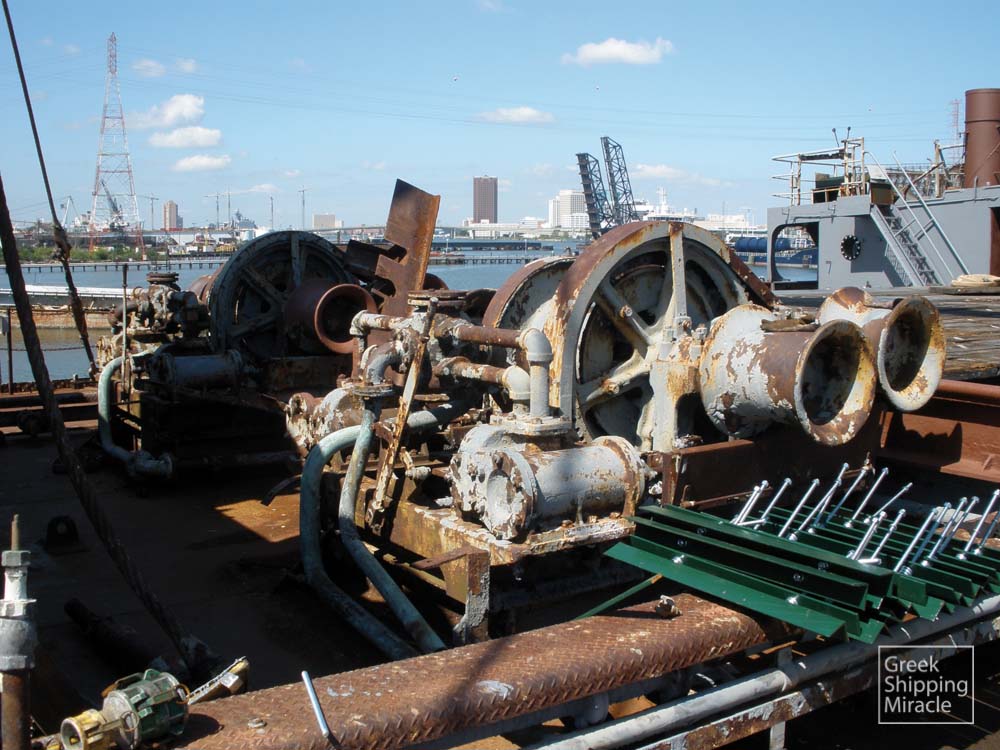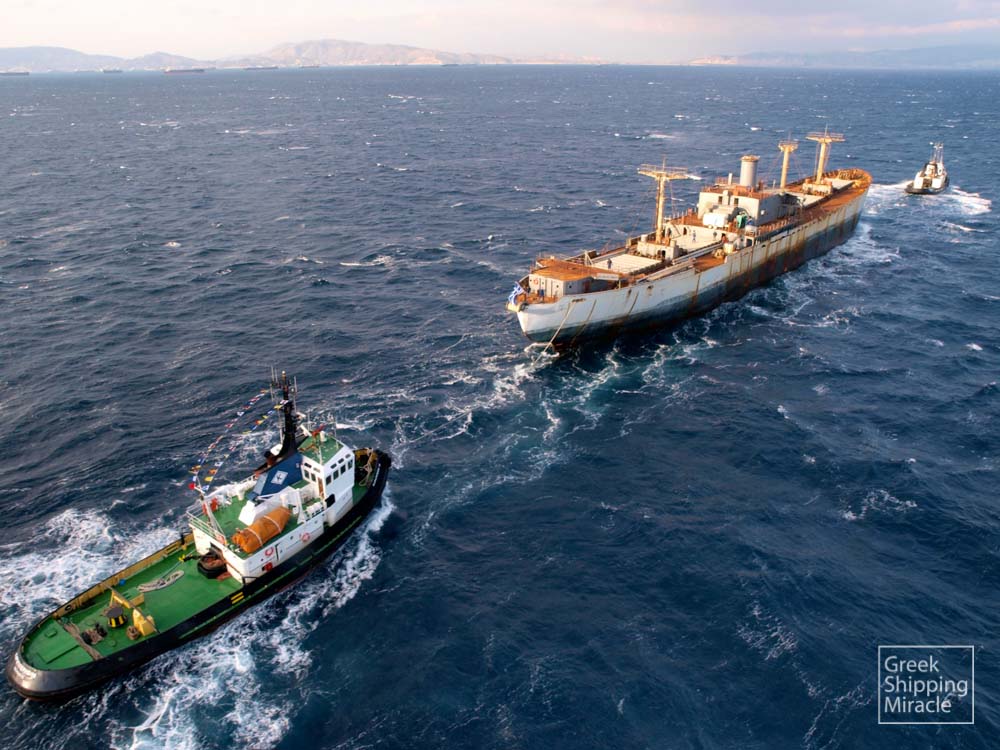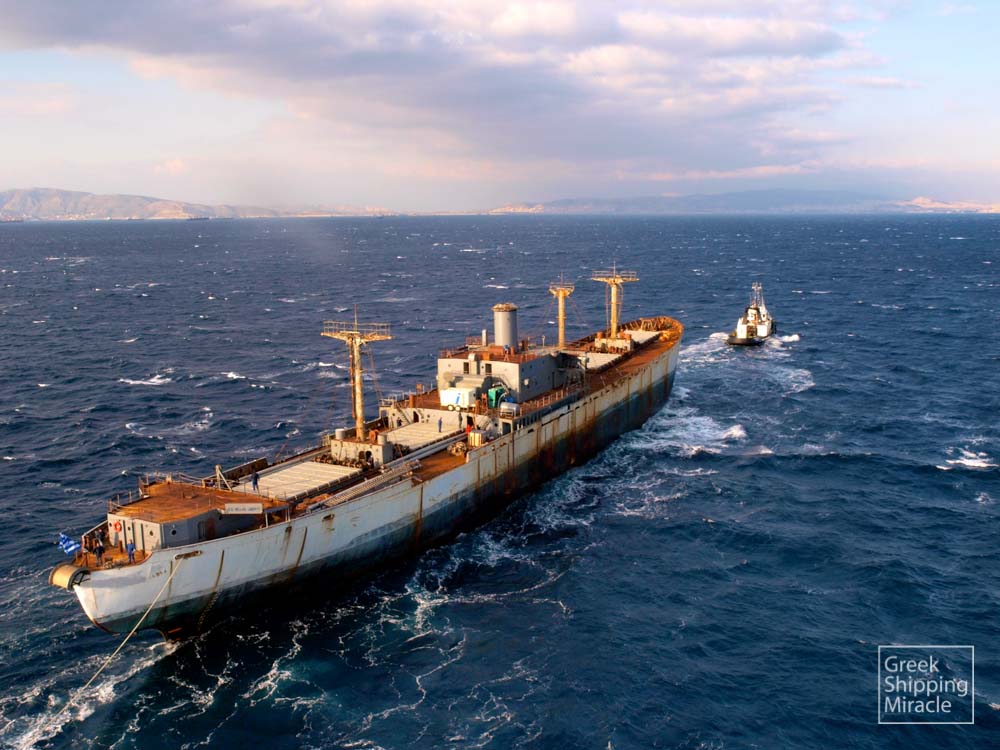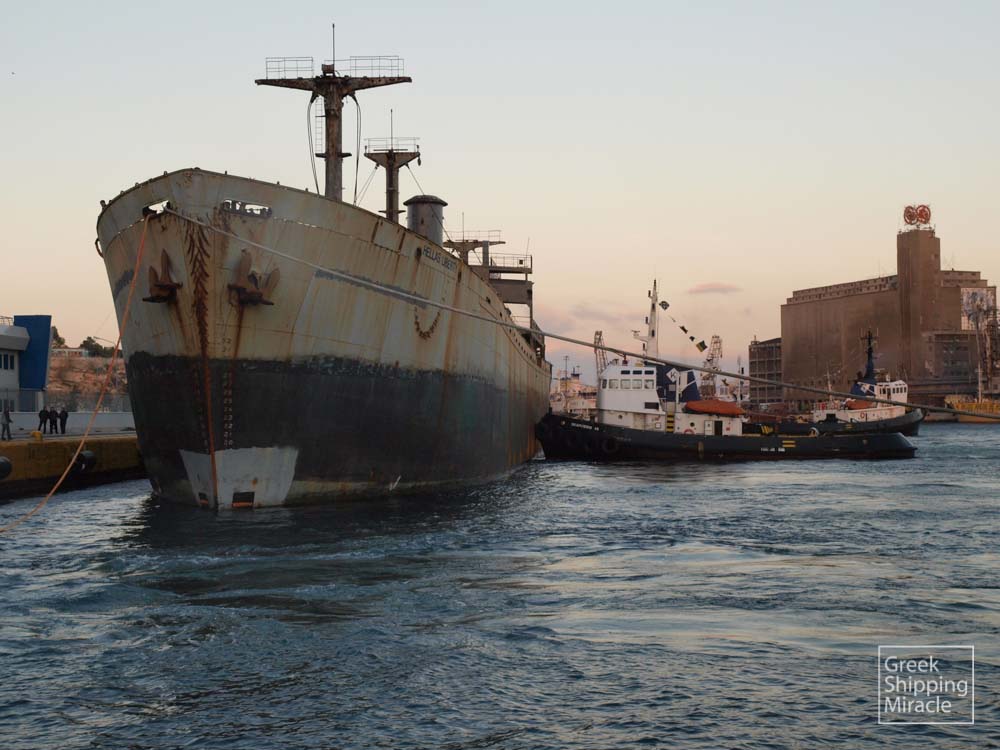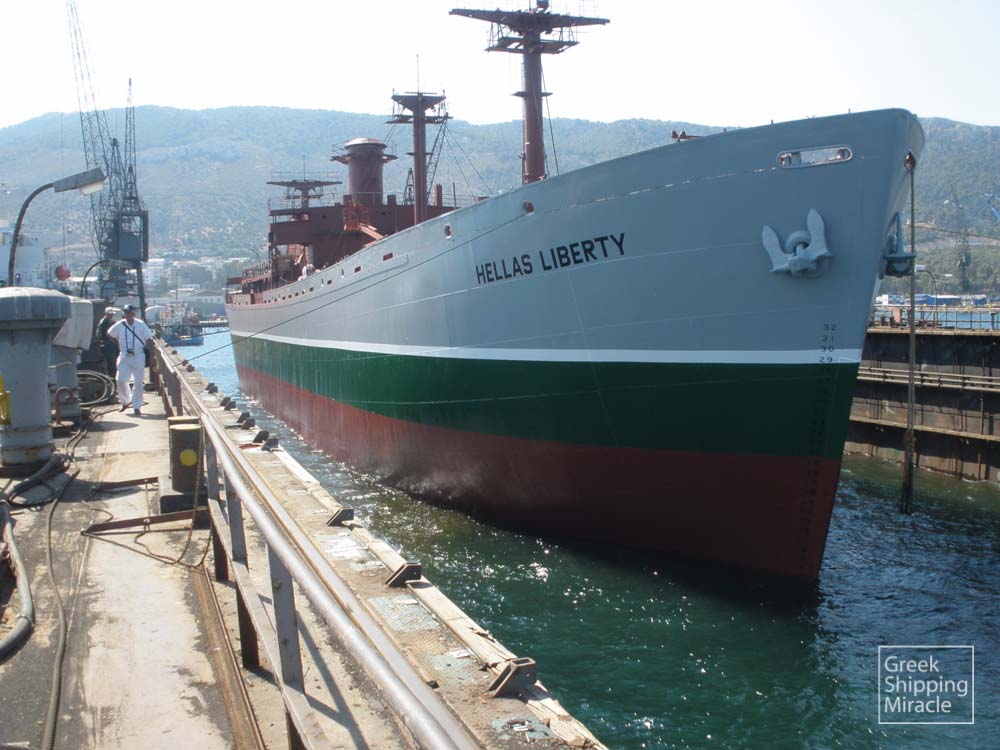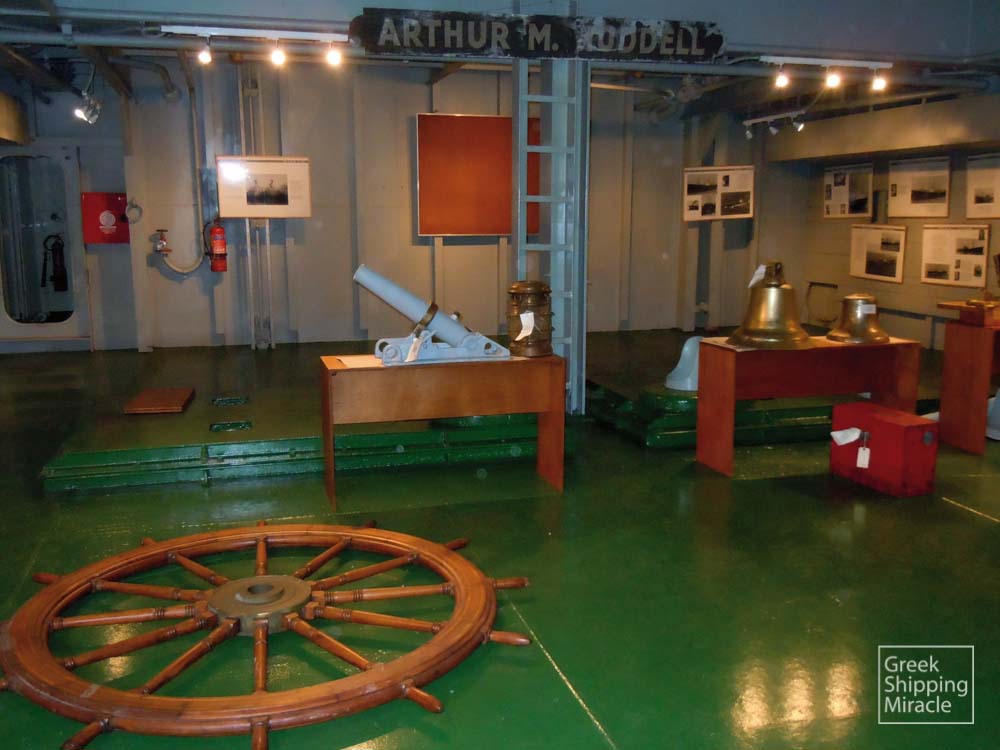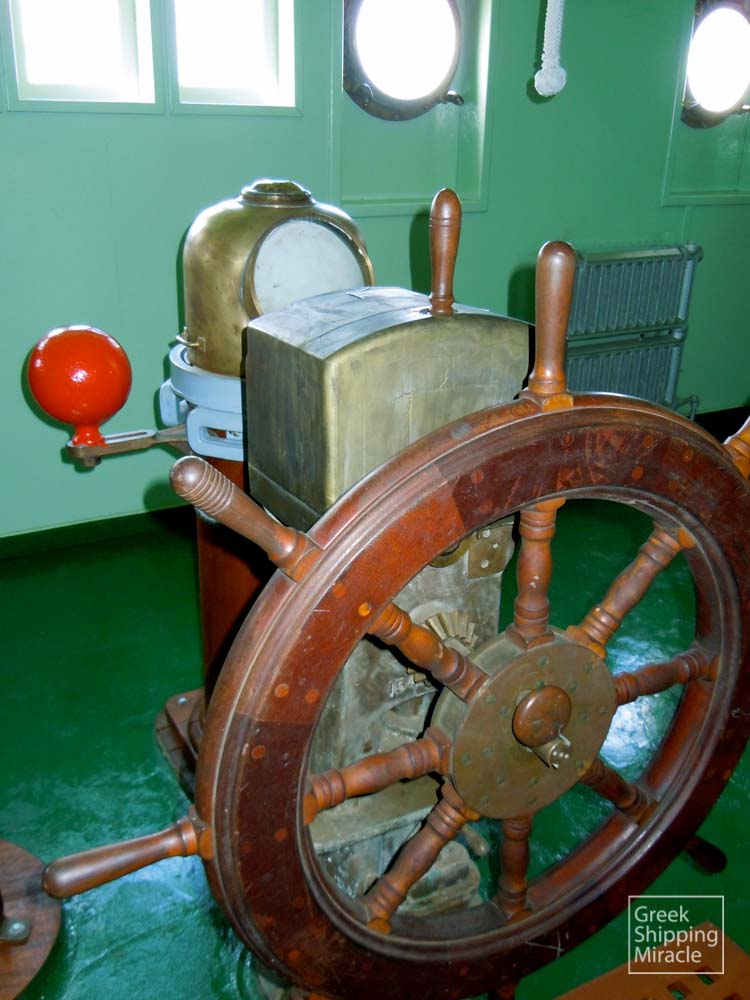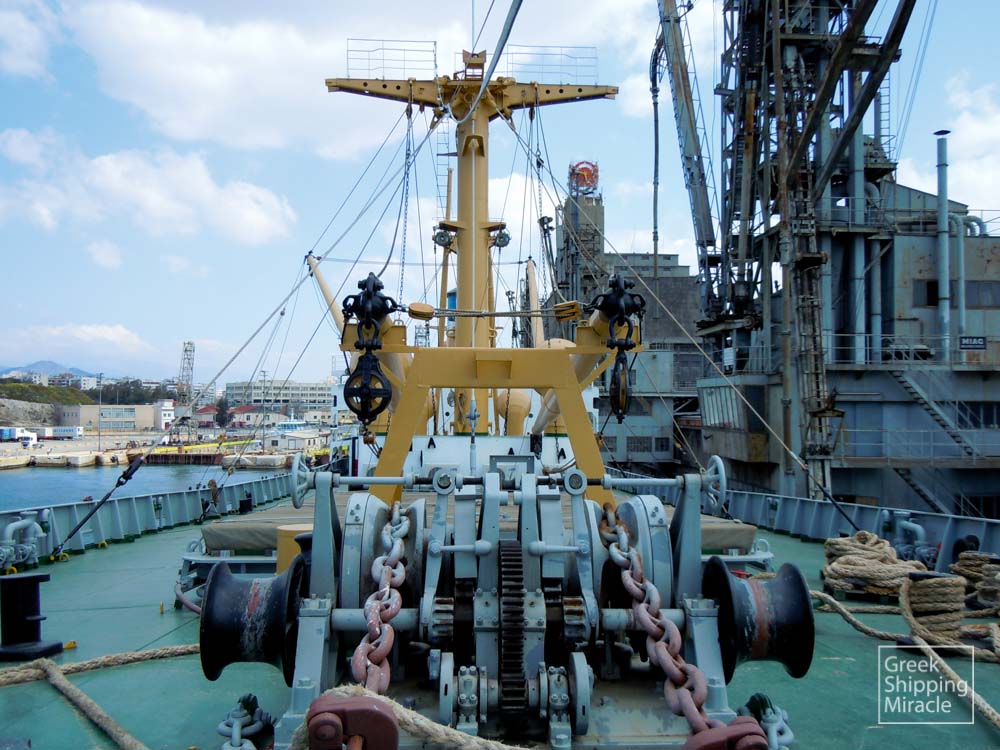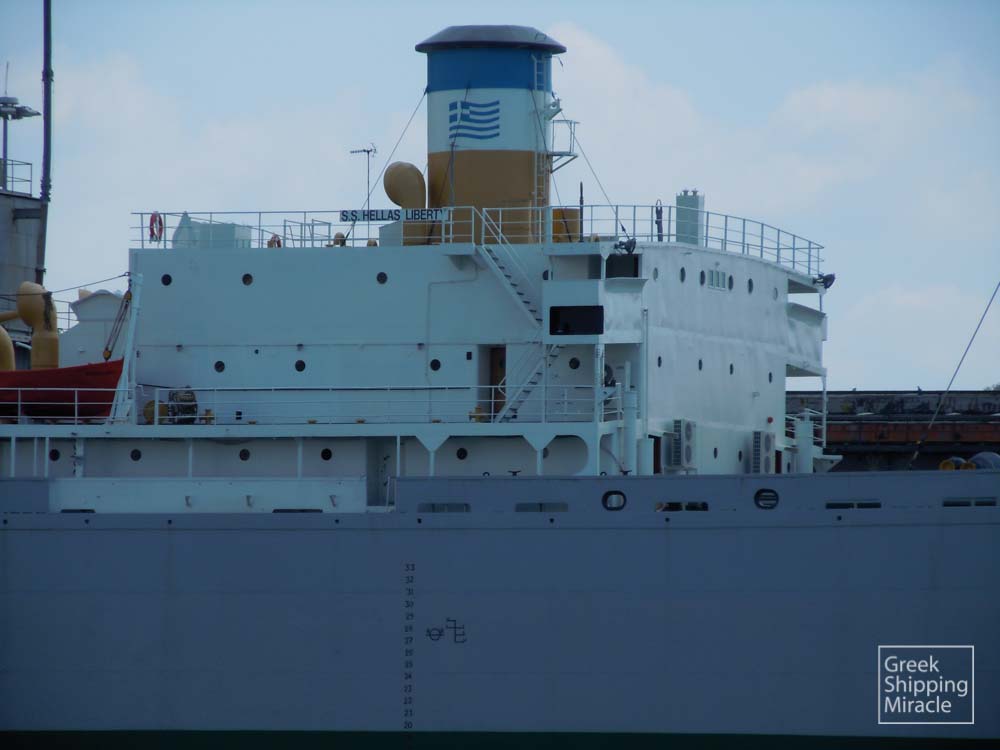The HELLAS LIBERTY Floating Museum
Apart from the important role played during World War II and the services rendered to the global economy for nearly 25 years, Liberty ships are strongly linked to the post-war reconstruction and evolution of Greek shipping.
The United States, the country which built a huge number of Liberty-type vessels in record time during the War, has preserved two units in their original, wartime appearance, turning them into floating museums. The JEREMIAH O’BRIEN and the JOHN W. BROWN are docked in San Francisco and Baltimore, respectively. On the other hand, since 2010, Piraeus is the home port of the HELLAS LIBERTY, the only surviving Liberty ship appearing in its commercial form.
From the ARTHUR M. HUDDELL to the HELLAS LIBERTY
The acquisition of a Liberty-type ship for conversion into a floating museum was the vision of several Greek shipping personalities. This became a reality following a series of initiatives taken in the early years of this century, which led to the decision of the US government to donate to Greece the decommissioned Liberty-type ship ARTHUR M. HUDDELL.
The vessel’s ownership was transferred to the Greek State following special legislation adopted by the US Congress, thanks to coordinated action taken by members of the Greek Diaspora, headed by Rhode Island Senator Leonidas Raptakis and the representative of the state of Connecticut, Dimitrios Yiannaros. Shipowner Spyros M. Polemis, appreciating the importance of such a floating museum in Greece, played also significant role in activating members of the Greek Diaspora to assist in this effort.
The relative agreement was signed on June 30, 2008 between US Maritime Administrator Sean Connaughton and Greek Minister of Merchant Marine, Georgios Voulgarakis. The ship was subsequently towed in the next month to a repair facility in Norfolk, Virginia for the necessary inspections and preparations before commencing her journey to Greece. On December 6, the HELLAS LIBERTY departed, towed by the Polish tug POSIDON, and safely arrived at Piraeus on January 11, 2009.
Two months later, she was shifted to the Perama repair facility. Captain Evangelos Kouzilos, former president of the Panhellenic Union of Merchant Marine Captains, was appointed coordinator and supervisor of the conversion works.
In June 2010, following completion of its works, the vessel was moved back in Piraeus, with the local port authority granting a permanent mooring position for the vessel’s operation as a floating museum.
Shipowner captain Vassilis Constantakopoulos facilitated through his generous financial support most of the necessary expenses for the preparation of the ship to be safely towed to Greece, as well as the cost for its conversion in order to appear in the form that Liberty ships sailed during peacetime. Constantakopoulos personally supervised most of the conversion and restoration works.
The ARTHUR M. HUDDELL’s History
The ARTHUR M. HUDDELL was built in December 1943 by the St. Johns River Shipbuilding Company in Jacksonville, Florida. In 1944 she was retrofitted to transfer pipes as part of the PLUTO (Pipe Line Under The Ocean) operation, which was installing pipes under the English Channel for the supply of oil from the United Kingdom to the French coast to Allied Forces, following the Invasion of Normandy in June 1944.
After the end of the War, the ARTHUR M. HUDDELL was for some time part of the US reserve fleet. In the mid-1950s, she sailed as a cable ship for the American Telephone & Telegraph Co. between mainland USA, Hawaii and the Arctic Ocean, carrying underwater cables. Later, she was laid up, occasionally performing several missions for government organisations and the US Navy.
In 1978, the vessel was towed in New York (without propeller, lifeboats and most of her equipment) as part of a Military Sealift Command special mission. Two years later, she loaded cables at the Simplex Wire & Cable Company pier in Newington, while that year she was also employed in cable transport operations with the Virginia-registered cable ship LONG LINES. In 1982, the ARTHUR M. HUDDEL was used in US Navy cable-laying operations in the Pacific. Finally, in 1984 she was laid up with other ships of the US reserve fleet in the James River, while it was decided that in the future she would be sunk to act as artificial fish shelter in the ocean.








